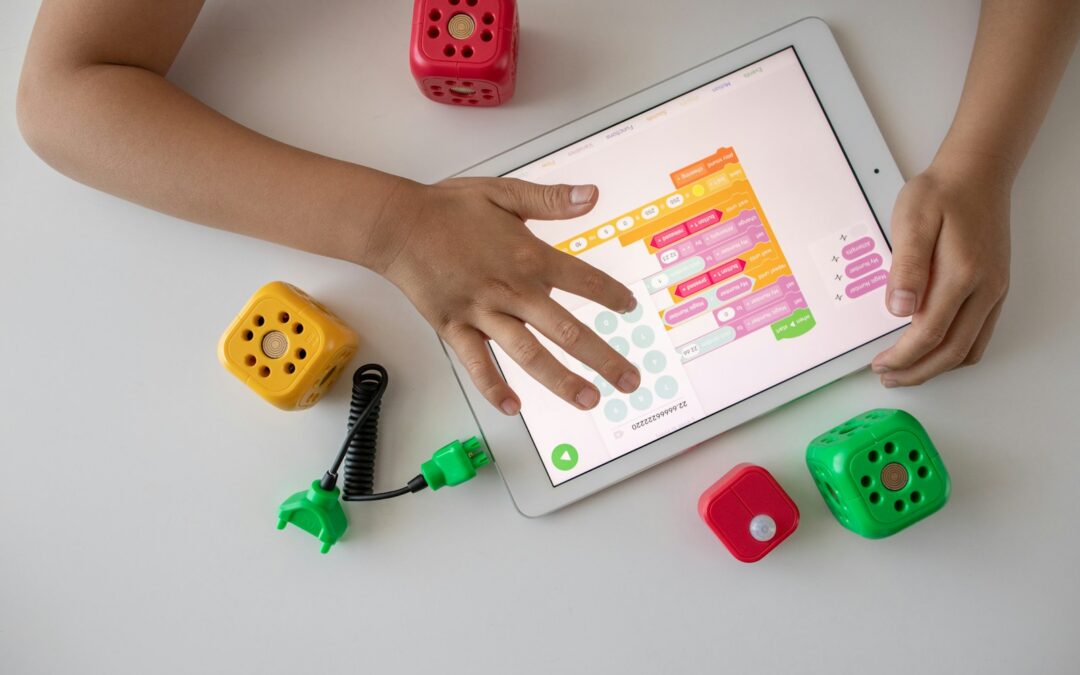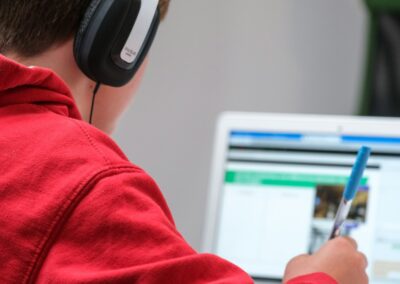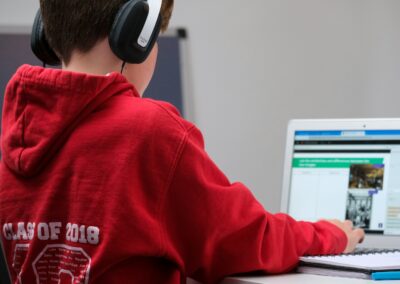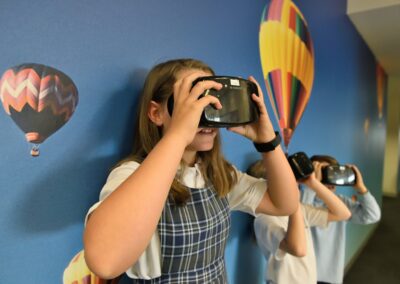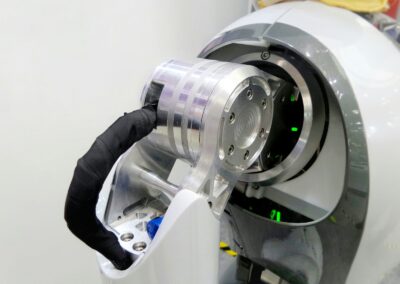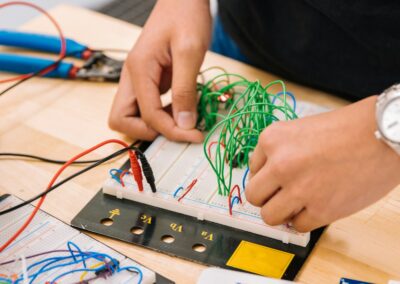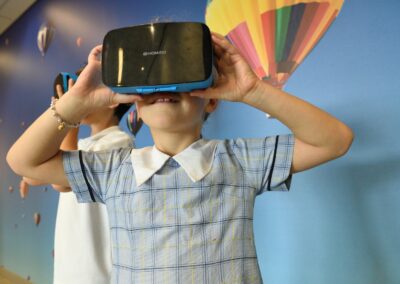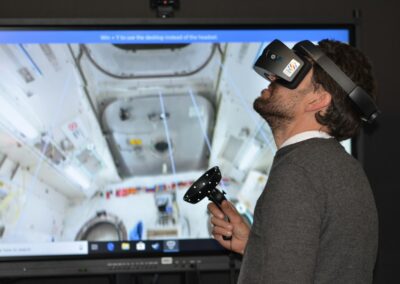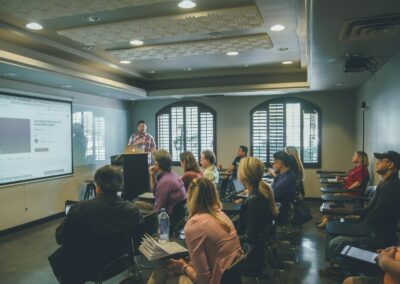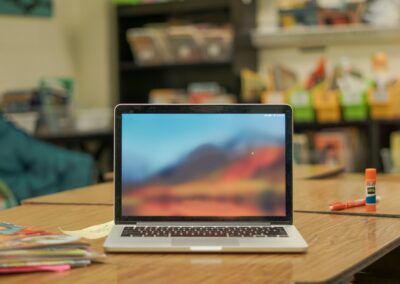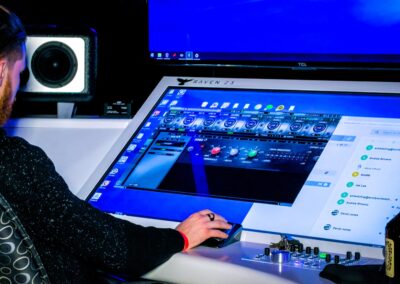Comparing Metaverse Learning to Traditional Online Methods
Transforming Remote Education through the Metaverse
The integration of Metaverse learning for remote education is poised to revolutionize how students engage with educational content, providing an immersive and interactive experience that traditional online learning methods struggle to match. In regions like Saudi Arabia and the UAE, where innovation and technological advancement are key priorities, the adoption of Metaverse learning offers significant potential to enhance the quality and effectiveness of remote education.
Metaverse learning utilizes virtual reality (VR) and augmented reality (AR) to create a fully immersive educational environment. Students can attend virtual classes, interact with 3D objects, and participate in simulations that replicate real-world experiences. This level of immersion makes learning more engaging and memorable. For example, a science class in Riyadh could use VR to allow students to explore the human body in 3D, providing a hands-on learning experience that traditional methods cannot offer.
Moreover, the Metaverse can facilitate collaborative learning by enabling students to work together in a virtual space, regardless of their physical location. This capability is particularly beneficial in diverse and geographically dispersed regions like the UAE, where students from different backgrounds and locations can come together to share ideas and solve problems. Virtual group projects and discussions in the Metaverse can enhance teamwork and communication skills, preparing students for the collaborative nature of the modern workforce.
Enhanced Engagement and Interactivity in the Metaverse
One of the most significant advantages of Metaverse learning over traditional online education methods is the increased level of engagement and interactivity. Traditional online courses often rely on static content such as videos, readings, and quizzes, which can become monotonous and fail to fully engage students. In contrast, the Metaverse offers a dynamic and interactive learning environment that keeps students motivated and actively involved in their education.
In the Metaverse, lessons can be transformed into interactive experiences where students can manipulate virtual objects, conduct experiments, and explore virtual environments. For instance, a history class in Dubai could take a virtual tour of ancient civilizations, allowing students to walk through historical sites and interact with artifacts. This hands-on approach not only enhances understanding but also makes learning enjoyable and memorable.
Additionally, the Metaverse allows for real-time feedback and assessment, enabling teachers to monitor student progress and provide immediate support. AI-driven analytics can track student performance, identify areas for improvement, and suggest personalized learning pathways. This level of customization ensures that each student receives the support they need to succeed. In forward-thinking regions like Saudi Arabia and the UAE, where personalized education is highly valued, the Metaverse offers a powerful tool for tailoring education to individual needs.
Comparing Metaverse Learning to Traditional Online Methods
While traditional online learning methods have made education more accessible and flexible, they also have limitations that the Metaverse can address. Traditional online courses often lack the sense of presence and interaction that in-person classes provide, which can lead to feelings of isolation and disengagement among students. The Metaverse bridges this gap by creating a virtual space where students can interact with peers and instructors in real time, fostering a sense of community and connection.
Another challenge of traditional online education is the difficulty in delivering practical, hands-on experiences. Many subjects, particularly in fields like science, engineering, and medicine, require practical skills that are hard to develop through video lectures and online readings alone. The Metaverse allows for virtual simulations and experiments that can replicate real-world scenarios, providing students with the practical experience they need. For example, medical students in Riyadh could practice surgical procedures in a virtual operating room, gaining valuable experience without the risks associated with real-life practice.
Furthermore, the Metaverse offers opportunities for global collaboration and cultural exchange. Students from different parts of the world can come together in a virtual classroom, share perspectives, and learn from each other. This global interaction enhances cultural understanding and prepares students for working in a diverse, interconnected world. In cosmopolitan cities like Dubai, where international collaboration is a key aspect of business and education, the Metaverse provides a platform for fostering global connections.
Implementing Metaverse Learning: Challenges and Considerations
While the benefits of Metaverse learning are substantial, implementing this technology in education also presents challenges that need to be addressed. One of the primary challenges is ensuring equitable access to the necessary technology. VR headsets, high-speed internet, and powerful computers are required to fully participate in Metaverse learning, and not all students may have access to these resources. Educational institutions and governments in regions like Saudi Arabia and the UAE must work to provide the necessary infrastructure and support to ensure all students can benefit from this technology.
Another consideration is the need for teacher training and professional development. Educators must be equipped with the skills and knowledge to effectively use Metaverse technology in their teaching. This includes understanding how to create and deliver immersive lessons, manage virtual classrooms, and use AI-driven analytics to support student learning. Providing comprehensive training and ongoing support for teachers is essential for the successful implementation of Metaverse learning.
Data privacy and security are also critical concerns. The use of VR and AR involves collecting and processing large amounts of data, including personal information and student performance data. Ensuring that this data is securely stored and managed is essential to protect student privacy and maintain trust. Implementing robust data protection policies and using secure technologies like blockchain can help address these concerns.
Conclusion
In conclusion, the potential benefits of Metaverse learning for remote education are significant, offering enhanced engagement, interactivity, and practical experience that traditional online methods often lack. For regions like Saudi Arabia and the UAE, embracing Metaverse learning can drive educational innovation, improve student outcomes, and prepare students for success in a rapidly changing world. By addressing the challenges of implementation and ensuring equitable access, educational institutions can harness the power of the Metaverse to transform the future of education. Through strategic leadership, investment in technology, and a commitment to continuous improvement, the promise of Metaverse learning can be fully realized, paving the way for a more immersive, interactive, and inclusive educational experience.
—
#MetaverseLearning #RemoteEducation #DistanceLearning #OnlineEducation #VirtualClassrooms #ModernTechnology #ArtificialIntelligence #Blockchain #BusinessSuccess #LeadershipSkills #ManagementSkills #ProjectManagement #SaudiArabia #UAE #Riyadh #Dubai

